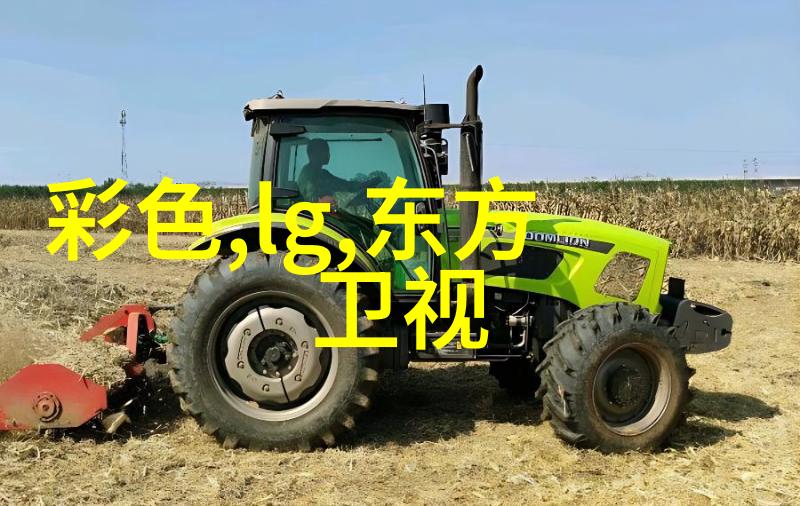您现在的位置是: 首页 - 彩电 - 水利水电工程从事的工作河流调节水库管理发电操作堤坝维护 彩电
水利水电工程从事的工作河流调节水库管理发电操作堤坝维护
2024-10-05 【彩电】 0人已围观
简介什么是水利水电工程? 水利水电工程是指在河流中建设的各种设施,包括 dams, canals, reservoirs, hydroelectric power plants and other related structures. These structures are designed to control the flow of water in rivers and streams
什么是水利水电工程?

水利水电工程是指在河流中建设的各种设施,包括 dams, canals, reservoirs, hydroelectric power plants and other related structures. These structures are designed to control the flow of water in rivers and streams for various purposes such as irrigation, flood control, navigation and power generation.
如何进行河流调节?

River regulation is an essential part of water resource management. It involves controlling the flow of water in rivers to ensure that it reaches its intended destination safely and efficiently. This is achieved by constructing dams and reservoirs which store excess water during periods of heavy rainfall or snowmelt.
水库管理的重要性

Water storage facilities like reservoirs play a critical role in managing water resources effectively. They help regulate the supply of water during times of drought or low rainfall by storing excess rainwater during wet seasons for use later on when needed most.
发电操作中的技术挑战

Hydroelectric power plants generate electricity by harnessing the kinetic energy produced by moving water from a dam through turbines connected to generators. The process requires careful monitoring and maintenance to ensure efficient operation at all times while minimizing environmental impacts.
堤坝维护:安全第一

Dam safety is paramount considering their potential impact on lives downstream if breached due to structural failure or human error caused neglect or lackadaisical maintenance practices must be strictly adhered too with regular inspections carried out regularly scheduled repairs made promptly ensuring longevity durability strength & stability
结语:综合考虑未来发展需要
In conclusion, engineers working on these projects require a comprehensive understanding not only technical skills but also knowledge about environmental concerns social implications economic benefits cultural sensitivities etc., they need consider future growth requirements technological advancements global climate change trends regional disparities local preferences infrastructure aging population migration patterns more so than ever before






